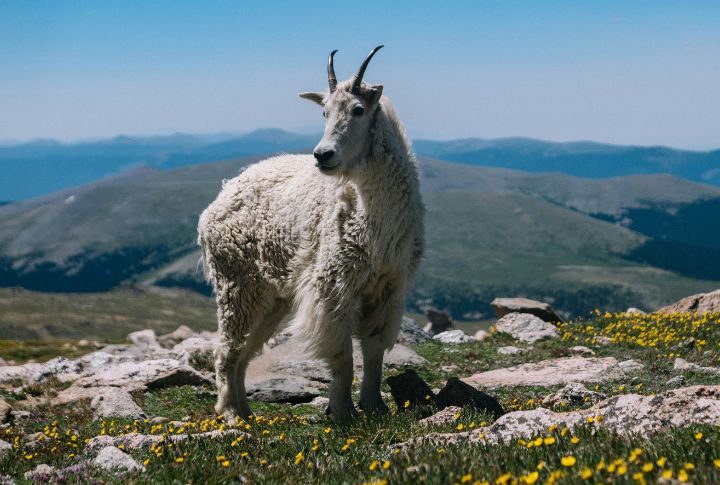
Mountain goats rarely steal the spotlight—they stick to rugged cliffs and remote spots where only the toughest explorers venture. Yet, some states are home to thriving populations of these woolly climbers. Let’s uncover the top ten places where mountain goats roam wild.
Montana
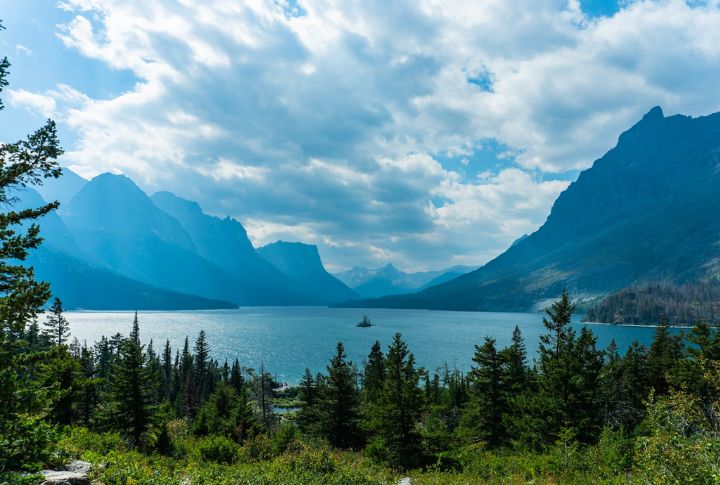
Nowhere in the Lower 48 gives a more accessible sighting than high-elevation trails that wind through this state’s northern reaches. Known for its glacial valleys and subalpine zones, it supports thousands of sure-footed grazers, many of which linger near Logan Pass when snowmelt exposes salt-rich vegetation.
Idaho
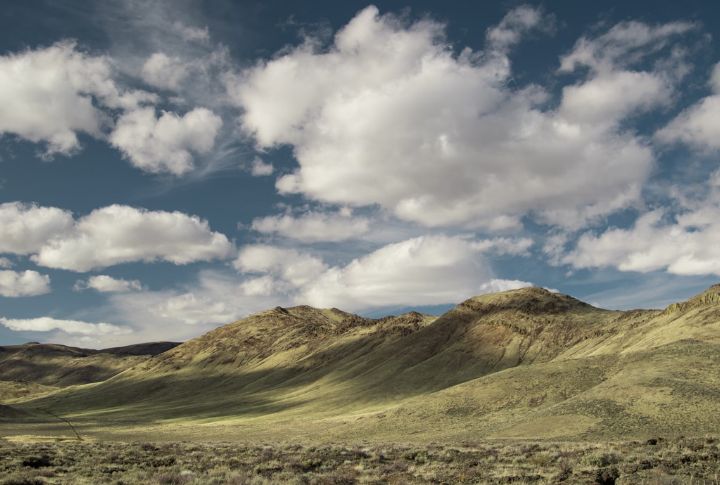
Getting a glimpse often requires a long hike into jagged wilderness zones, particularly in the Sawtooth and Bitterroot Ranges. These goats favor isolated cliff bands far from roadways, taking advantage of the harsh terrain to avoid predators. Wildlife officials also monitor remote populations through aerial surveys and motion-sensor cameras.
Colorado
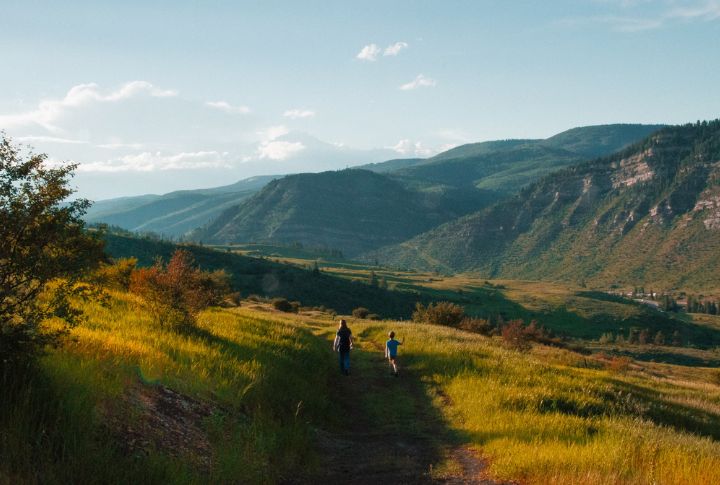
Climbers who summit over 13,000 feet are sometimes rewarded with a sighting of these mountain goats. This state’s fourteeners—specifically Quandary and Mount Evans—are hotspots for sightings. Introduced populations flourished here decades ago, and their descendants have adapted to the thin air and craggy ledges.
Alaska
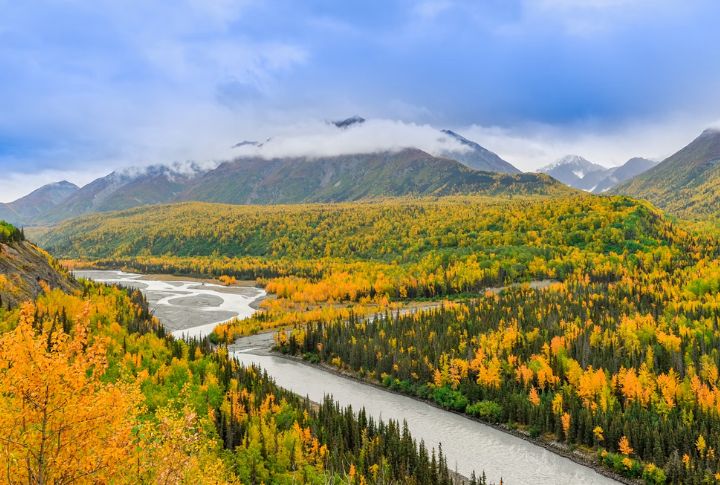
Steep coastal fjords and icy ridges create the ideal setup for the country’s largest population of mountain goats, numbering between 24,000 and 33,500. These agile climbers stick to the state’s southern coastal ranges, which helps them dodge predators and maneuver sheer rock faces like seasoned alpinists. Chugach and Wrangell-St. Elias’ regions see the most activity.
Wyoming
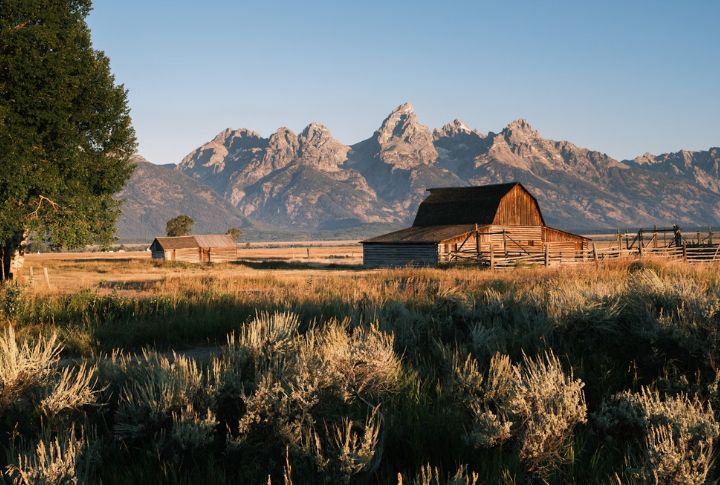
At high elevations, it’s not uncommon to see them grazing quietly as the morning light spills over the peaks. They tend to stick to the same rugged areas—often cirques and treelines—that give them the safety and vertical complexity they need. Food’s limited up here, so numbers stay relatively low.
Washington
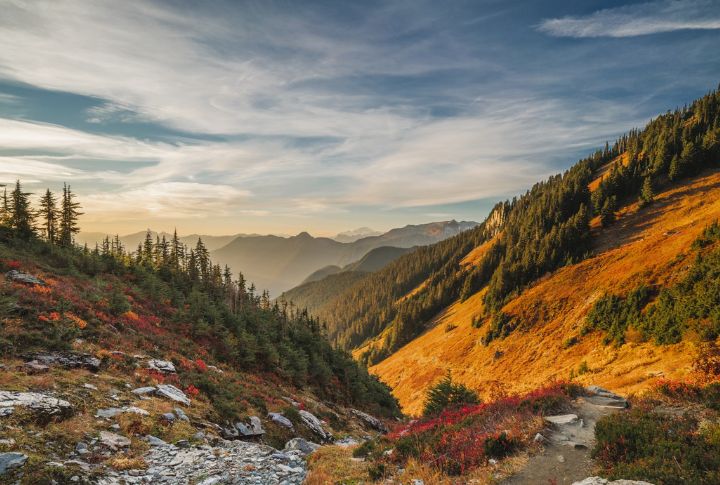
Fewer than 3,000 mountain goats remain across Washington, with most clinging to steep ridgelines from the Canadian border to Mount Adams. The Olympic Peninsula herd was fully removed by 2022. Beyond human access, harsh winters, drought, and low recruitment have driven the slow decline in native Cascade populations.
Utah

Introductions from nearby regions began in the mid-20th century. Since then, rocky slopes and snow-fed ridgelines have helped these imported climbers thrive. Now commonly seen along the Wasatch Front, mountain goats earned a place in local culture and seasonal hunts, though range limits are carefully regulated to protect native flora.
Oregon
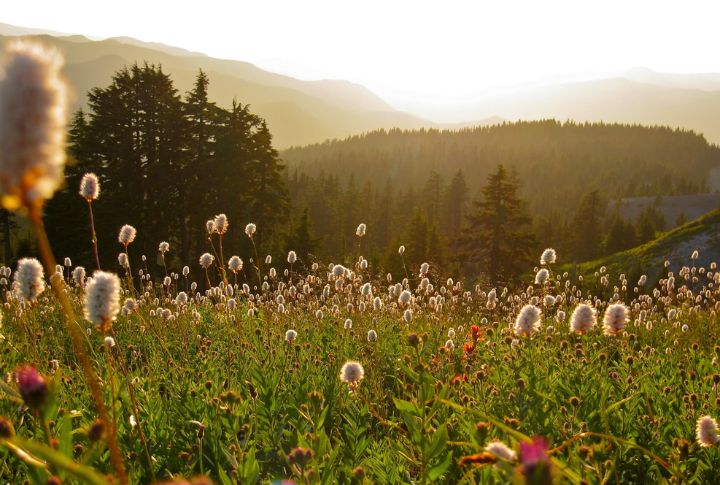
Far from the Pacific buzz, the Wallowas present ideal elevation and isolation that encourages mountain goats’ existence. A reintroduction project decades ago laid the foundation, and since then, small but stable groups have expanded across Eagle Cap Wilderness. To regulate it, local trail groups and state officials collaborate on population counts each summer.
Nevada
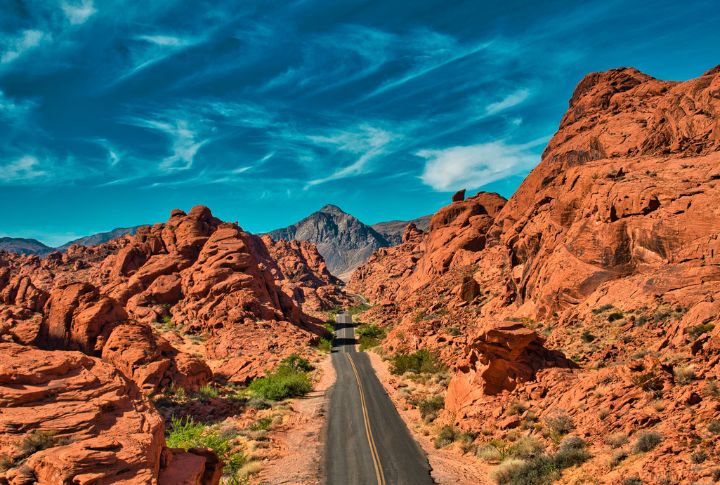
Harsh terrain hasn’t kept these climbers away. Since being introduced to the Ruby Mountains, they’ve carved out a foothold along narrow ledges and snowy gullies. While Nevada’s climate poses challenges, regular tracking efforts help conservationists maintain their progress.
South Dakota

You might be surprised to find them clinging to cliffs in South Dakota, but that’s exactly where they are. Up to 200 goats hang around Harney Peak, doing just fine. Because these goats were introduced to the area, they add an interesting twist to the bigger story of alpine wildlife.
